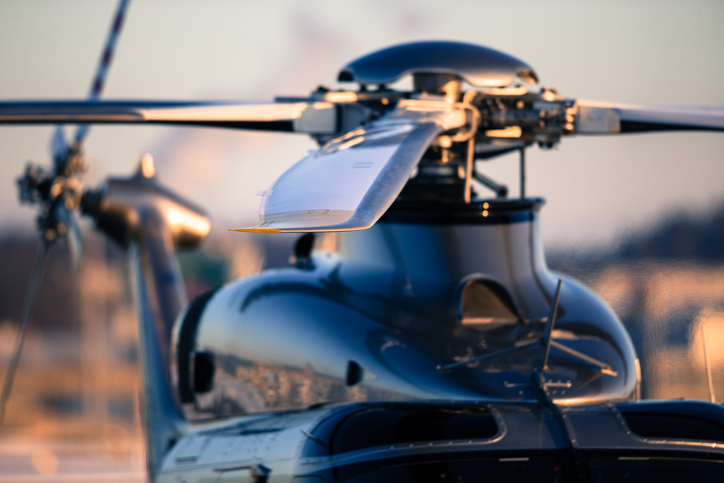Helicopters generate lift through the use of rotors, which are large, spinning blades that provide the upward force necessary for flight. The rotors on a helicopter consist of two or more blades that are attached to a central hub. These blades spin rapidly, creating a flow of air downward. This flow of air creates an upward force on the helicopter, known as lift, which allows it to fly.
The rotor blades on a helicopter are designed to tilt, or change pitch, to control the amount of lift generated. This is known as collective pitch control. By tilting the blades, the pilot can increase or decrease the angle of attack, which is the angle between the blade and the airflow. Increasing the angle of attack increases the lift, while decreasing the angle of attack decreases the lift. This allows the pilot to control the altitude of the helicopter.
In addition to the main rotor, helicopters also have a tail rotor, which helps to counteract the torque created by the main rotor. Torque is a twisting force that is created when the main rotor spins. Without a tail rotor, the helicopter would tend to rotate in the opposite direction of the main rotor. The tail rotor generates a flow of air in the opposite direction, counteracting the torque and providing stability during flight.
In addition to providing lift and stability, the rotors on a helicopter also provide thrust. This is the force that propels the helicopter forward. The pilot can control the thrust by adjusting the angle of the rotor blades. By tilting the blades forward, the pilot can increase the thrust and move the helicopter forward. By tilting the blades backward, the pilot can decrease the thrust and slow the helicopter down.
The rotors on a helicopter also have flapping and feathering mechanisms. Flapping is the up-and-down movement of the rotor blades as they spin. This allows the blades to adapt to the changing airflow and maintain lift. Feathering is the ability to change the angle of the rotor blades in relation to the airflow. This allows the pilot to adjust the angle of attack and control the amount of lift generated.
There are different types of helicopters, each with their own unique design and capabilities. Some helicopters have a single main rotor with a tail rotor, while others have two main rotors, one on each side of the helicopter. These are known as twin-rotor helicopters. They are more stable and efficient than single-rotor helicopters, but they are also more complex and difficult to fly. There are also helicopters that generate so much lift that they can carry large internal or external loads that make them excel at carrying cargo and heavy external lifts.
In conclusion, helicopters generate lift by using rotors that spin rapidly, creating a flow of air downward. This flow of air creates an upward force on the helicopter, known as lift, which allows it to fly. The rotor blades are designed to tilt, or change pitch, to control the amount of lift generated and to maneuver the helicopter. Additionally, helicopters have tail rotors that help to counteract the torque created by the main rotor and provide stability during flight. The rotors also provide thrust and have flapping and feathering mechanisms to adapt to changing airflow. The design of the helicopter and the number of rotors also affect the stability, efficiency, and flying difficulty.
